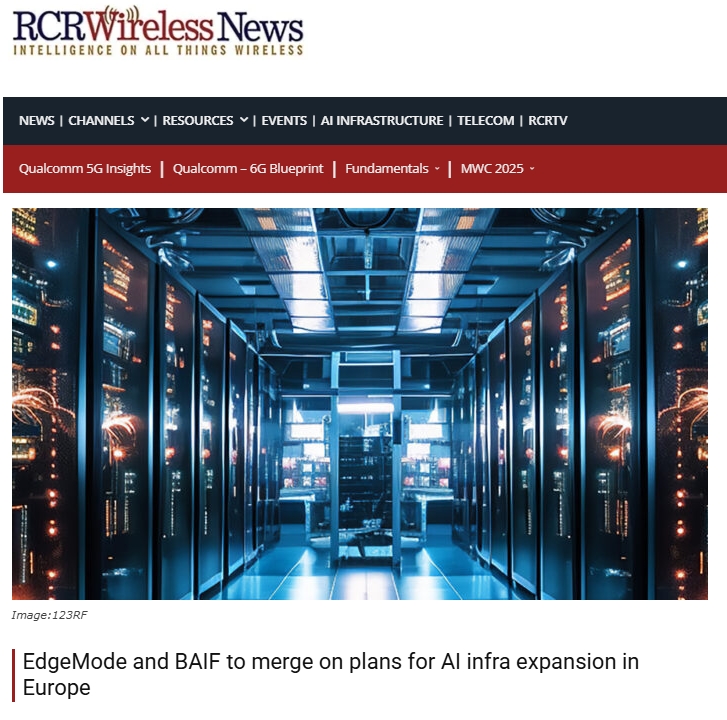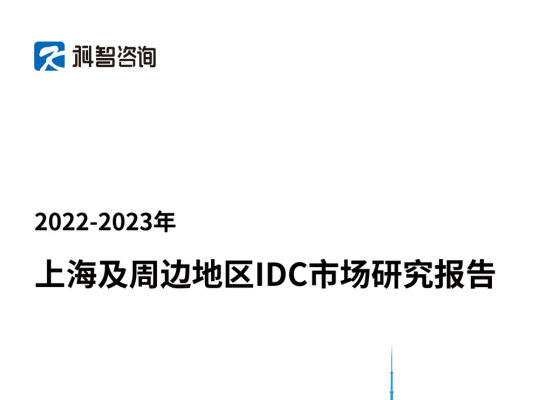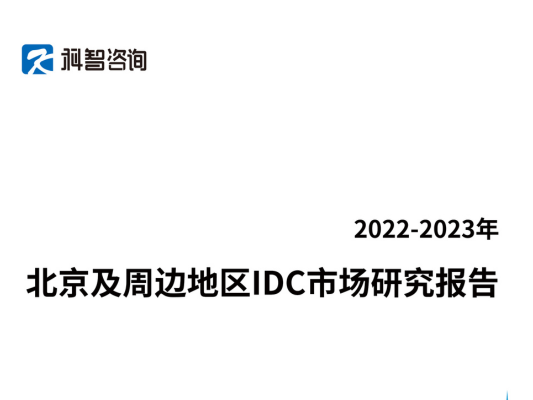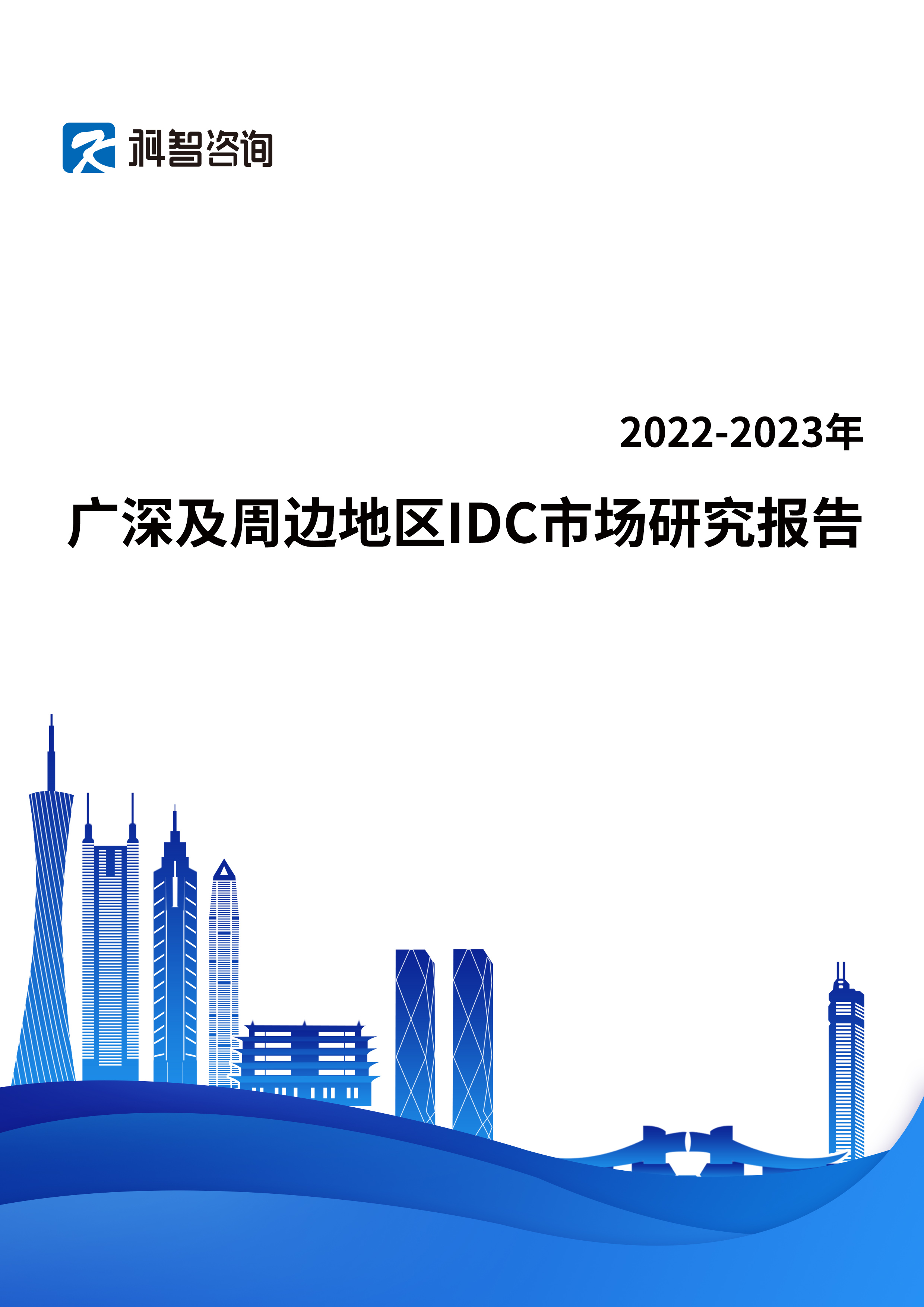Human-in-the-loop control is urgent as AI is unleashed on ever-more critical systems – and as it becomes more sophisticated with multi-modal generative AI and distributed agentic AI.
If AI is producing content and actions in critical infrastructure, as previously discussed, then human oversight is critical, as well. Remember TUPL’s living ML model for network care (see report / previous entries), going from six data feeds to 40? Petri Hautakagas, the firm’s chief executive, remarks: “Nothing is static. You don’t just put an ML system out there, and it just runs without oversight or anything. That is not the case.” It is the same with large and small language models. Douglas at Spirent sets us right about this human-in-the-loop aspect.
He says: “There is real discussion, now, about how to engage with the AI – to define boundaries and intersections so there is manual control of it. Which is necessary because the industry is understandably risk averse. That human oversight, to check a corrective measure, brings reinforcement – that it matches what a specialist would do, in line with performance KPIs and regulatory and ethical compliance. It reinforces and de-risks, and raises confidence.
“And it gives license to experiment and go deeper. Telcos are putting performance dashboards in place to understand how their AI models are performing, versus how they should be, to detect drift in the data. Their analytics teams are being re-engaged to check if the model is stale. Which is an interesting dynamic; suddenly that analytics expert, who was going to be replaced, is in a governance role, running statistical monitoring so they know when to upskill the AI.”
Stephen Douglas at test and measurement company Spirent hits on Verizon’s bucket-two logic transparency and control (see report / previous entries). “That is going to be the key: explainability. Because the enterprise doesn’t want a black box. So the operator is going to have to be able to explain the AI.” But there is an ethical angle as well, which takes this question about staffing and monitoring to another level. Douglas remarks: “It gets into an interesting discussion about data governance and regulation.”
He explains: “Because historically, a bank can hold its hands up, and say theirs is a private relationship with clients, and they don’t know what’s in their deposit boxes. But will telco take regulatory responsibility to explain why it hosted a nefarious AI application? I mean, operator policy teams are talking about this – about where regulation is going, and how to follow it. And whether that stops them moving forward. I don’t think it will, but it is a discussion point.”
It is a point that will be parked so we can get on with the trip. Because talk about proto-gen AI in care functions quickly turns into discussion about new agentic AI systems. Steve Szabo at Verizon Business says: “At present, we can give an answer quickly; agentic AI will give customers more power to execute steps and functions – to get an answer, and choose an action without direct human involvement. The stuff we’re doing now is more about execution models in the agentic space.”
It is sensible to pause to consider this telco leap from generative AI to agentic AI. Robert Curran from Appledore Research has a good line on this, painting the difference between ‘copilots’, helping to make decisions, and ‘agents’, making decisions by themselves, in collaboration with each other. “Copilots sit alongside, and help you do your job – by looking at root causes and recommendations,” he says. “‘Based on X, the problem is Y, but it might be Z – and here are the steps to check out.’
“But a human is at the wheel. It’s a productivity boost – which can turn someone with two years’ experience into someone with seven or eight. Whereas the agent model goes through the diagnosis and recovery, and makes stuff happen. So you have lots of different agents, which all do specific things, which find a path to resolution between them – in a way that does not just step through a bunch of decision trees in a strictly logical and structured way.
“So in that call centre scenario, the workflow starts with a chatbot attached to a software agent, which instructs a diagnostic agent to check on work in the area, and checks with another agent about software updates, and then figures out what to do next, depending on what they all find. ‘Oh, there’s work in your area, so let me coordinate with a payment agent to put a credit on your account – because it was supposed to be fixed in two days’.”
There are a series of staging posts, or turn-offs or cut-throughs, along this road from applied AI to agentic AI – which twist and turn, and combine to reach a destination. AI is shifting from static pattern-matching, where systems identify trends from past data, to dynamic reasoning, where they adapt to real-time conditions, and learn from them. This strategic chicanery is unfolding in front of us. Again, Fatih Nar at Red Hat walks us through the journey so far.
“When we started, it was all based on time-series data – numbers and counters, and key performance indicators. It was a logistical progression; a mathematical formulation predicting the next number based on environmental variables. And then gen AI comes in as a text-based prediction methodology, which just predicts the next thing out of your mouth, and that mutates into a multi-modal system to generate video, audio, even numerical time-series data.
“Where you had one for image generation and one for video, there is only one model now – the 4.0 model, or whatever. Which uses this mixture-of-experts (MoE) concept to deliver multimodal [content], trained on different data, to different industries and enterprises. This is the era we are living in; that is where we are going.” He references AI upstart DeepSeek for pushing the MoE agenda, and Open AI (ChatGPT 4.0, “or whatever”) for fusing modalities.
Both are illustrative. Nar goes on: “In telecom, this [application of multi-modal MoE techniques] means predicting radio efficiency in rain and traffic and smoky weather. Which means it takes a picture of a radio site, a readout from a weather sensor, data about fracking in Texas, and tells you a construction crane is blocking the line-of-sight between macro cells, and there’s noise and pollution, and that all these things are degrading your radio propagation.”







